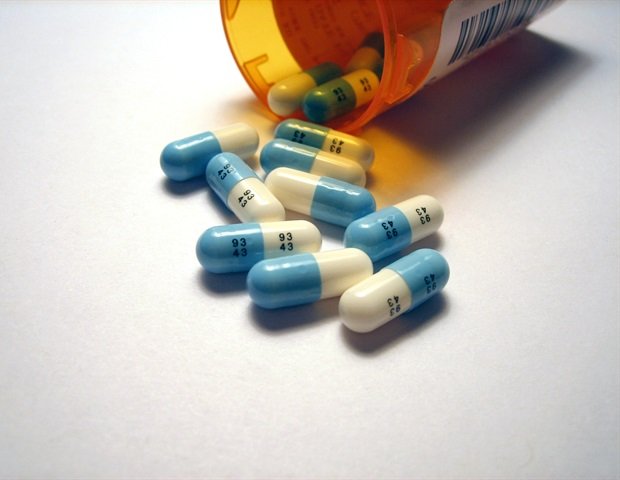Plastic is ubiquitous in the modern world and notoriously takes a long time to fully break down in the environment – if it ever does.
But even without breaking down completely, plastic can shed tiny particles — called nanoplastics because of their extremely small size — that scientists are just now beginning to look at in long-term health studies.
One of those scientists is Dr. Wei Xu, an associate professor in the Department of Veterinary Physiology & Pharmacology at the Texas A&M College of Veterinary and Biomedical Sciences. Xu’s current work focuses on what happens when nanoplastics interact with seawater, where they can pick up some strange hitchhikers in the form of chemical and organic components.
When particles are released into the environment, they can interact with many different materials that modify their surfaces, possibly including proteins, chemicals, and toxins. Most people worry about what happens when you accidentally ingest nanoplastics, but our work looks at how they might enter the body through the skin and what they might bring with them.’
Dr. Wei Xu, Associate Professor, Texas A&M College of Veterinary Medicine and Biomedical Sciences’ Department of Veterinary Physiology & Pharmacology
As they demonstrated in a recent paper, Xu and his team discovered that nanoplastics with environmental coatings can overcome some of the skin’s defenses at the microscopic level.
“We found that the particles with the environmental coating accumulated in certain areas within the cell and appeared to be successful in avoiding the ‘garbage disposal’ system, which may try to kill or expel them,” Xu said. “It’s like they’re wearing camouflage that allows them to stay in the cell longer.”
While the long-term health consequences of nanoplastics in the body are still being studied, Xu’s research highlights the importance of the skin as a target for nanoplastics and the ability of the environment to alter particles before they are absorbed by the body.
“While nanoplastics themselves are a health concern, we also want to better understand these environmental coatings and what they can do when they enter the body,” Xu said.
Small beads, big discoveries
To understand how environmentally influenced nanoplastics enter the skin, Xu and his team created their own nanoplastic beads augmented by ocean water.
“There are vendors who produce nanoplastic particles for scientific research, but these particles have never been released into the environment,” Xu said. “So before we did the toxicity assessment, we used water collected from the ocean off Corpus Christi.”
After letting the particles interact with seawater for one to two weeks, Xu and his team were able to analyze the particles’ environmental overlays to see what kind of changes occurred. Next, they tested how the particles get inside cultured skin cells.
“We had done previous research using simple nanoplastic beads that showed how they elicit a response from skin cells,” Xu said. “It was important to see how beads with environmental coatings could better avoid attack by the immune system.”
Dealing with a complex problem
Xu’s research on the skin and environmental effects of particles is helping scientists understand that some of the most difficult problems in toxicology are even more complex than previously realized.
“In our research, we had to focus on a specific type of environmental coating, so we looked at proteins,” Xu said. “But what about those that come from algal blooms or other toxins? What happens when there’s flooding and the water mixes with other pollutants? We haven’t yet had a chance to explore how these things intersect.”
Even if researchers find solutions to prevent the absorption of nanoplastics with certain types of environmental coatings, there is no guarantee that these will continue to work.
“What if the environment changes completely in 10 or 20 years and there are different coatings on the particles? We may have to keep inventing new strategies to control them,” Xu said.
The first step, according to Xu, is to better standardize research on nanoplastic particles, something he hopes his research will help promote.
“I’ve had students look at publications about the same particle and find different results because other researchers aren’t required to look at environmental overlaps,” he said. “We need better consistency in the long run.”
Another step is to fully analyze all the coating types that Xu and his team found in their seawater study.
“We’ve already asked people about other types of coatings besides proteins,” he said. “It’s going to be a lot of work, but it’s critical if we want to understand the full scope of the problem.”
Source:
Journal Reference:
Simpson, K., et al. (2025). Environmental protein corona on nanoplastics altered responses of skin keratinocytes and fibroblast cells to particles. Journal of Hazardous Materials. doi.org/10.1016/j.jhazmat.2025.138722
